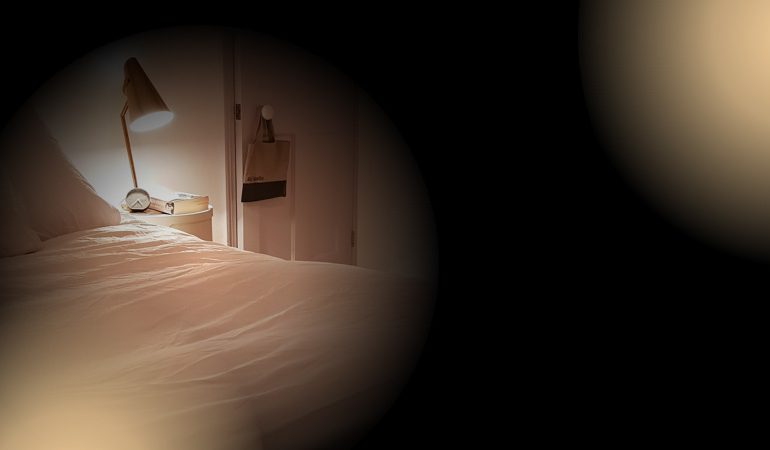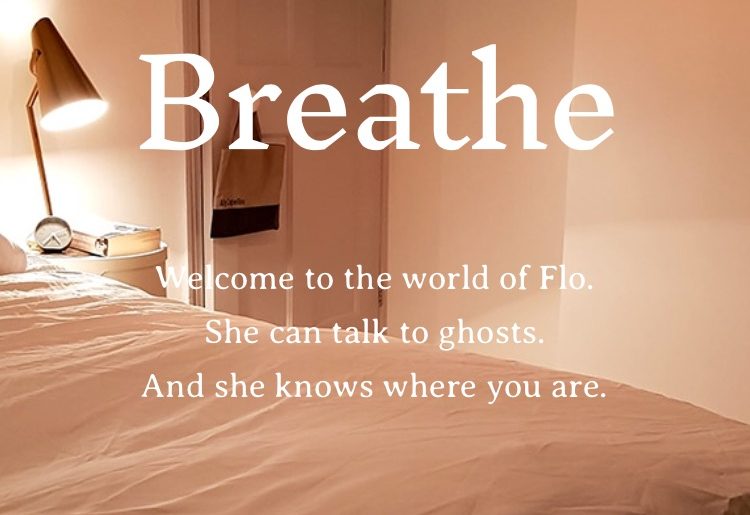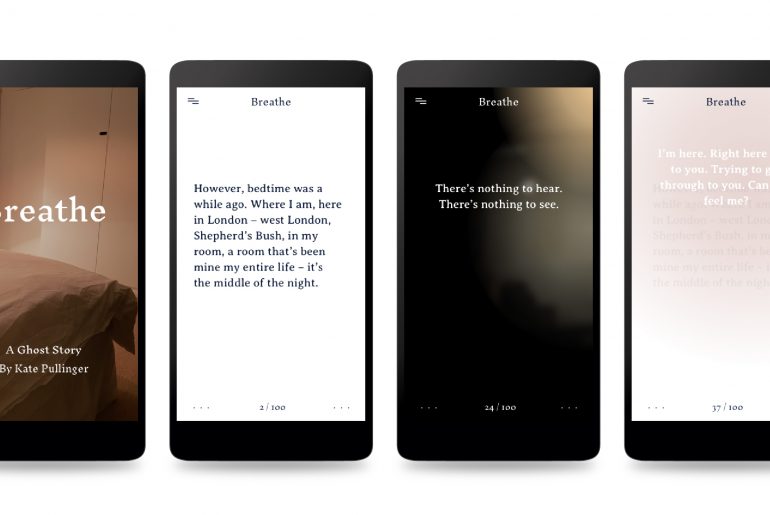One of the most interesting things about Breathe (https://breathe-story.com/), the ghost story I created in collaboration with Editions at Play (Visual Editions and Google Creative Labs Sydney), and the Ambient Literature team, is its use of conditional text. Conditional text — text that alters in response to data that is pulled into the story via APIs — is embedded throughout Breathe. Now that the story has been out in the world for a few weeks it’s become clear to me that most readers are aware of only a small amount of the conditional text present in the story — those uncanny moments when the ghosts seem to know where you are as you read. On the one hand, this is great; we wanted the conditional text to be as subtle as possible, to work smoothly within the story. On the other hand, it’s kind of sad; only the most dedicated reader, who returns…
Session Promise
This blog will take approximately 2.5 minutes to read. At the recent FutureBook conference in London, The Bookseller’s annual book publishing and innovation jamboree, games consultant and writer Nicholas Lovell talked about a core idea behind the way content across all forms is delivered to us these days: the “session promise.” By this he means both the length of time the work requires of us to view, read, or play at any single sitting — the tv drama episode, the game level, the podcast serial — as well as the bargain we make with ourselves as we sit down to view: “I’ll just watch one episode of ‘Stranger Things 2.’” With the print book the session promise is so well established that it’s as invisible to readers as the printer’s rectangles Ian Gadd focuses on so elegantly in his most recent Ambient Literature blog. While I was not able to…
In Process
The work I’m creating for this project is a ghost story. Even while I type this piece, the boundaries of the story are shifting and changing as the design and development teams and I negotiate our way forward toward the finished product which, to me, is proving as elusive and mysterious as a ghost itself might be. The dead are all around us — those we never met, those we’ve lost, those we mourn. Earlier this week I attended a family funeral. We saw her off in a willow casket at the plain municipal crematorium and, later, we gathered together in her church, a 17th century stone chapel and bell tower on a hill in Sussex. In that building, the dead are all around — their names carved into stone plaques and memorials, their portraits on the walls, their bodies buried in the tombs and grassy graves outside. The church…
Chilled Ambient
I left Greece without knowing his name. Our encounter was fleeting, troubling. Not a summer romance. You can’t romance a dead person. Besides, my heart is already tied up in knots over someone else, and that person — oh, why bother being coy? Arjun. He doesn’t feel the same way about me. Why would he? from Liquid Continent I’ve been absent from this blog for a while as I begin the process of writing the first draft of my ambient literature story. “Liquid Continent” resides within a storyworld I’ve been creating over the past two years; my main character, Flo Evans, is a young woman who can communicate with the dead through her phone. “Liquid Continent” is about Flo but it’s also about student debt, the workplace, families, friends, and the refugee crisis in the Mediterranean. It’s about grief, and longing. Plus jokes. Ideally, you will read my story at…
Near Enough
In his blogpost “Ecstatic Ambient Literature,” colleague Matt Hayler wrote about how ubiquitous computing might provide stories that are waiting to be read, stories that are “in the air” or “in the walls.” Last month, the entrepreneur and digital maker Michael Kowalski came to talk to Bath Spa’s Digital Writing Research Group about his new digital story game platform, Storienteer, a platform that will enable people to create augmented reality games. Michael talked about how he thinks that the most interesting thing about Pokémon Go is that it demonstrates the power of augmented reality, in particular, not very accurate augmented reality. I would add that Snapchat, with its puking rainbows and zombie mask filters, has also shown how much people enjoy augmented reality even when the implementation is very simple, what Michael called “near augmented reality,” or perhaps even, near enough. We like accessing an extra layer of perception through…
Do we need containers for stories?
Does the word ‘literature’ presuppose containers? I’ve been thinking about writing for smartphones in the context of Ambient Literature. The idea of the book/ebook/app/website/phones themselves as types of containers for stories interests me. Ten years ago, the idea of a book as an analogue container, and an ebook as a digital container, was useful. But since then that use of the word seemed to fall away. Now, as many (most?) internet users move away from the open web toward closed platforms or ‘walled gardens’ (for example, as designed/driven/dictated by Facebook and the services/platforms Facebook owns), do we need containers more or less than in the past? If a ‘container’ is defined as broadly as stone tablet/human storyteller/book/app, do ‘stories in containers’ conflict with our developing ideas around ‘ambient literature’? Does thinking about thresholds and boundaries in storytelling conflict with our ideas about the borderless, unbounded stories afforded by pervasive media?…
Kate Pullinger on Writing for Ambient Literature
As I move forward with planning the creative work I’ve been commissioned to write for the Ambient Literature project, I find myself thinking about the affordances of the smartphone and how important this device has become to many of us, the multiple ways in which it is now a key piece of technology in our daily lives. For this project, I’m interested in the ways in which the smartphone has become a technology for reading. I read on my phone all the time: I read social media feeds, I read journalism, I read academic papers, I read reports and analysis. But I don’t read a lot of long form prose on my phone. I remain fond of print books and have this rather pointless ‘rule’ of buying print when I think the book might be something I’ll want to keep — novels I’ll re-read, non-fiction I’ll want to refer to again…
Breathe
Breathe tells the story of Flo, who has the ability to talk to ghosts. As Flo struggles to communicate with her mother, Clara, who died when she was a young girl, other voices keep interrupting. As these ghosts disrupt Flo’s search for Clara, they recognise the readers’ surroundings and begin to haunt the reader in the same way as they haunt Flo. Breathe is a literary experience delivered through your smartphone that responds to your presence by internalising the world around you. Using APIs — application programming interfaces — the story leverages data about you, including place, weather, time, in order to create an experience that is personal and uncanny. Created in collaboration with Editions at Play, which is itself a collaboration between Google Creative Lab Sydney and London-based publisher Visual Editions, this browser-based book for mobile phones is accessible wherever readers have wifi. READ BREATHE (This book is best experienced on your mobile…






